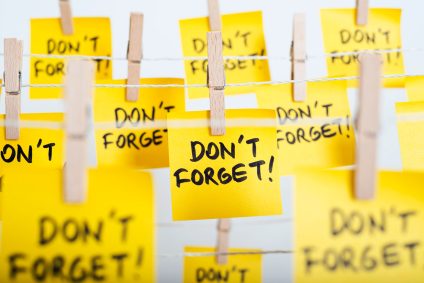Life is full of problems, yet how do you respond to them? Do you feel able to walk through the pain you experience, or does it overwhelm you? If you are interested in learning how to navigate the world of human suffering, hardship and problems more effectively, then this is a great book for you.
Whilst the title of Mark Manson’s book (The Subtle Art of Not Giving a …”) implies that you should simply learn to ignore your problems, this is far from the case. Rather, the central premise is to help the reader understand why they experience the problems they do, to accept them and to find the mental resources to learn to live well with them. This is the key to a better life.
Manson flips a famous quote from Spiderman on its head. Instead of “with great power comes great responsibility”, consider that “with great responsibility comes great power”.
The first key claim of the book is to accept that a life without problems does not exist. Social media, celebrities and other cultural forces push the message that we should not have any problems. Yet this is simply not attainable. Instead, to start “not giving a F*%!” about your problems, the reader is encouraged to start taking responsibility for them.
This is a helpful mental pivot that many people will find value in. The example Manson gives is to imagine that you find a baby on your doorstep one morning. How do you respond? Getting angry at the person who left it there will not solve your problem. Moreover, any decision you now take on how to deal with the problem will create new problems – which you need to take responsibility for.
Other helpful advice from this book includes the recommendation of distance. Right now, your problem might feel like a big deal and insurmountable. Yet taking a moment to ask yourself how you will feel about it in 10 years can help to mitigate its power, allowing you to step back and think about how to address it more strategically.
Finally, this book offers the great wisdom of showing the reader to consider where much of their pain comes from. If you are angry at your neighbour’s nice car, for instance, it is likely that this is because you value material success and are measuring yourself against this. Is this value really worth holding onto? What might happen to your happiness and outlook on life if you dropped that value?
Likewise, learning to find worthwhile values can help you not only live amidst your problems – it can enable you to “lean into them”. Take the gym as an example. Training involves pain, yet if you value good health and the benefits that come from stronger muscles, then the problems of getting up early and sacrificing comfort are not only worth it – they can be enjoyable!
Overall, this is a great book for those looking to equip themselves with greater resilience to deal with life’s inevitable problems. Provided you can get past some of the offensive language, this will be a book well worth reading again and again.





